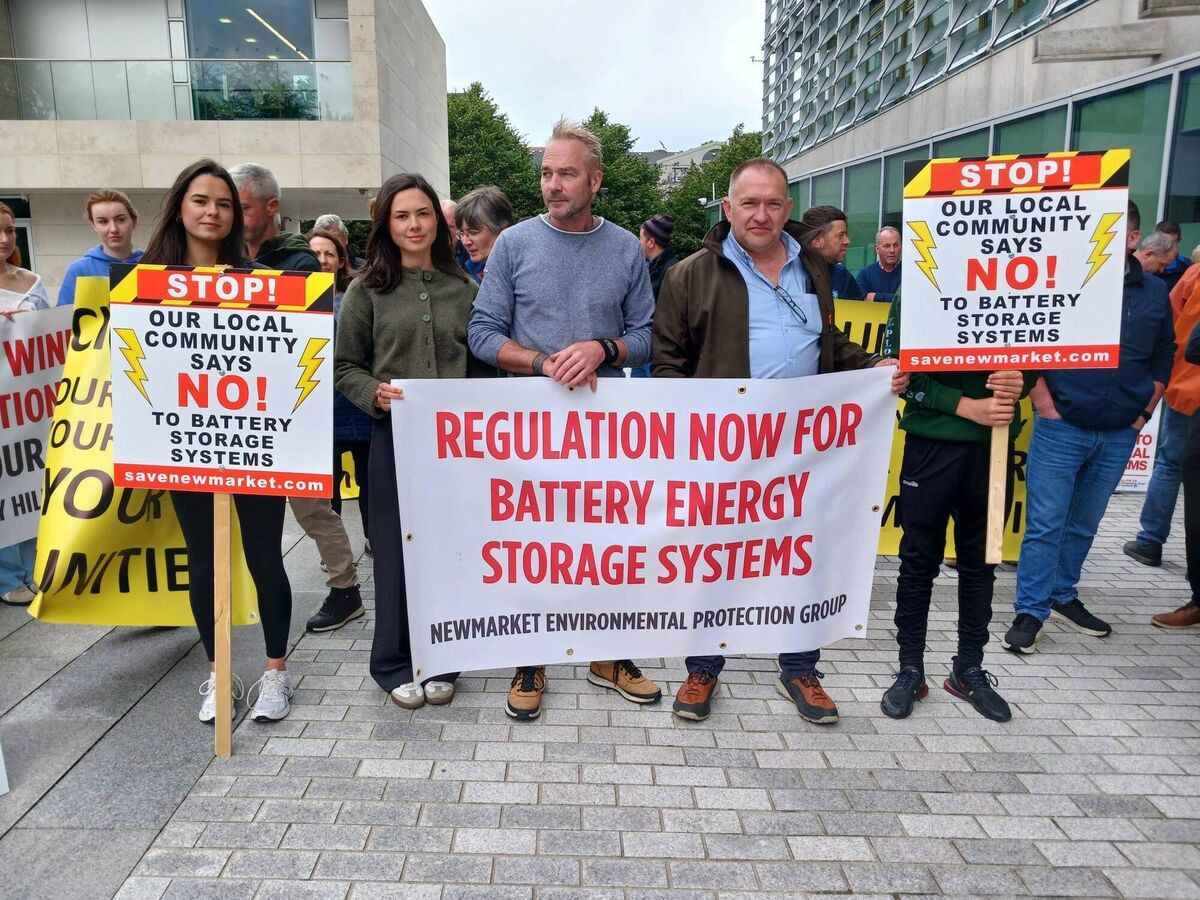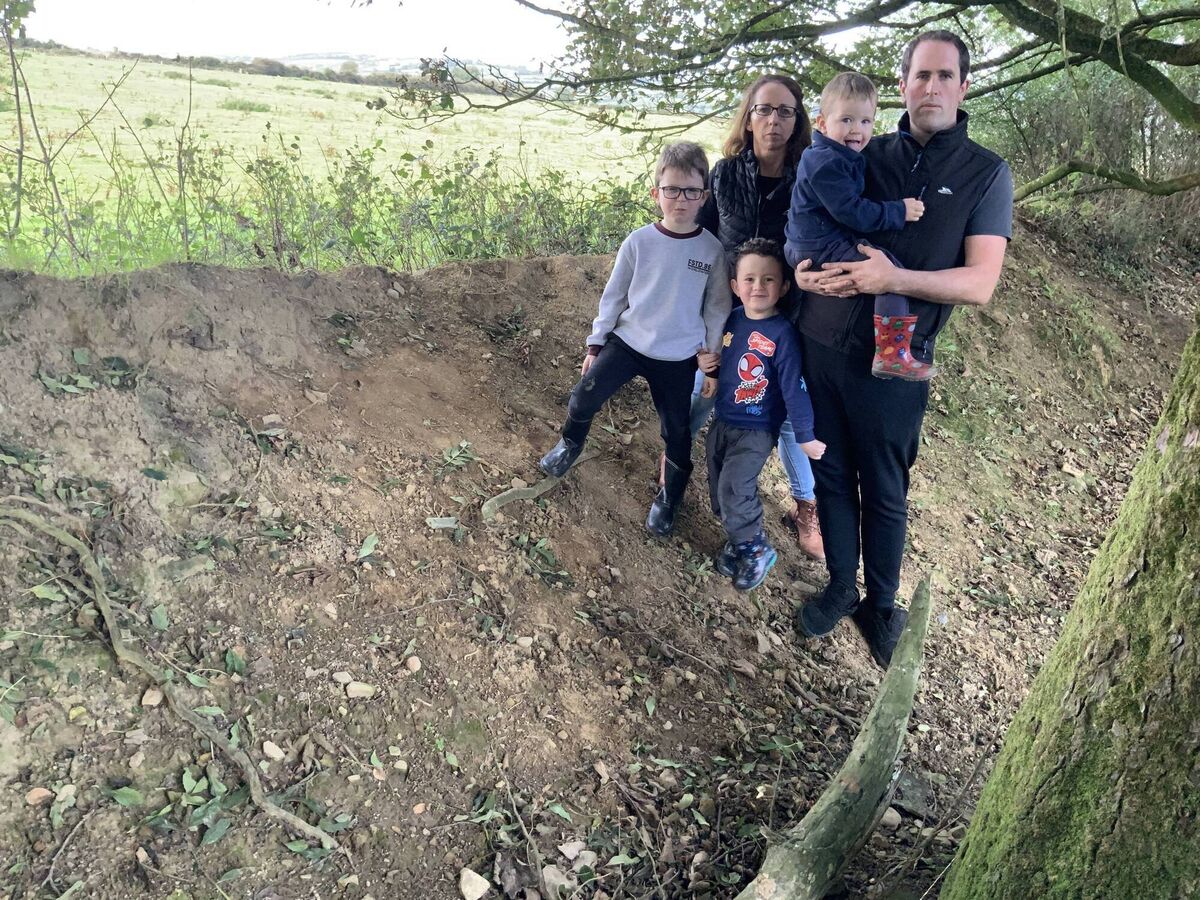Vital infrastructure or storing up trouble? Debate over battery farms continues to rage
The McMicken Battery Energy Storage facility at the edge of the desert suburb of Surprise, Arizona. Picture: Peoria Fire and Medical Department, Arizona.
In the split second before US firefighter Captain Hunter Clare lost consciousness, he saw his thermal imaging camera suddenly flicker red and then “Boom. The building exploded.”
He was blown through a chain link fence and 70ft into the desert.

Just last week, a new group formed to fight proposals for a massive 300-acre solar farm and battery storage facility close to the East Cork town of Carrigtwohill.
“We already have thousands and thousands of these facilities operating globally. The industry is continuously learning and evolving and updating its safety standards of best practice.”

They have recently appealed to An Coimisiún Pleanála a decision by Cork County Council to grant planning permission for a 72-container BESS facility on lands bordering their farm.
They hope to continue dairy farming and pass it on to the next generation, but believe the BESS poses a direct risk to that.

But Martin believes that’s beside the point: “What are they afraid of? If it’s so good it should be able to withstand the rigours of an EIA,” he tells the Irish Examiner.















